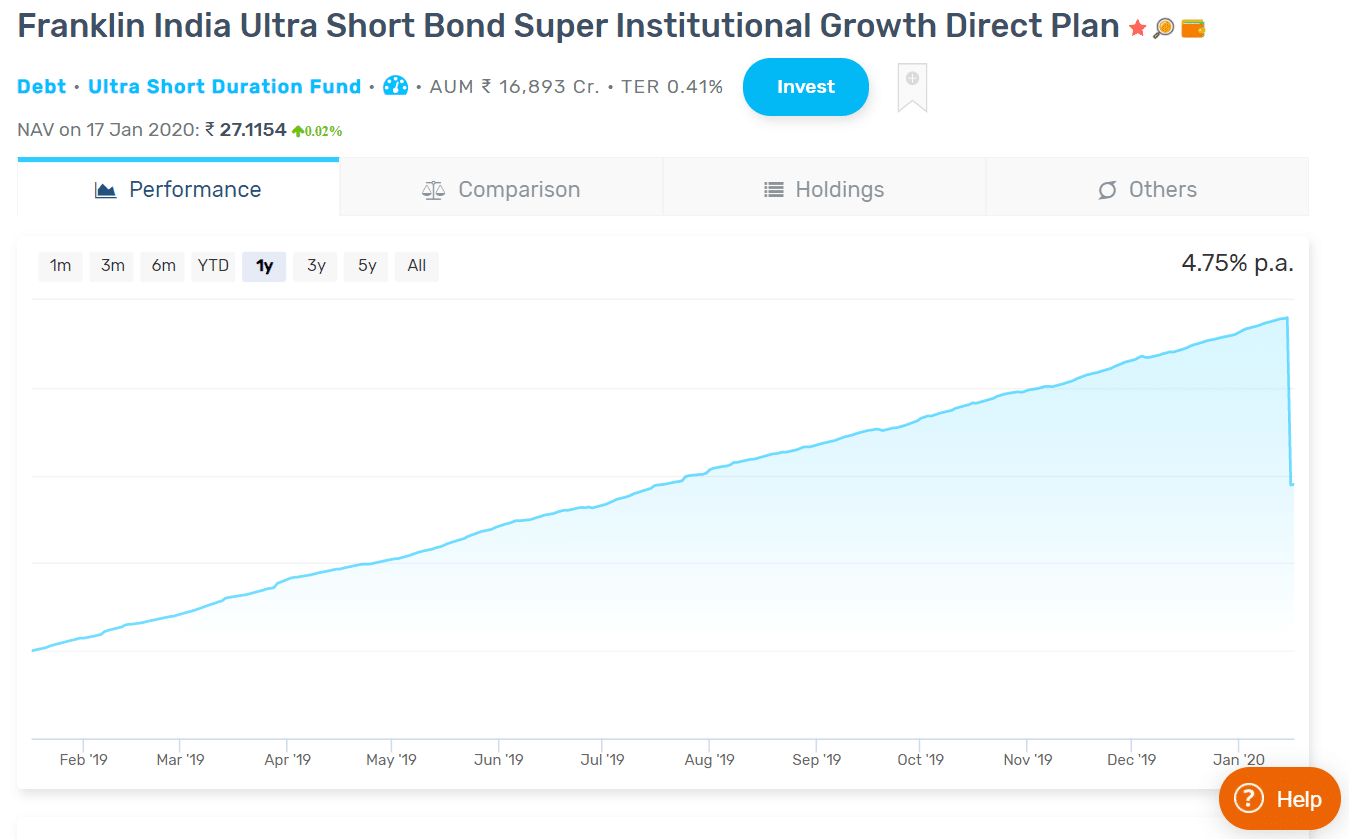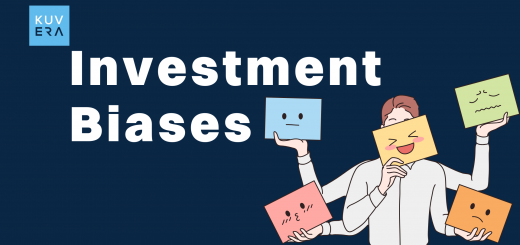Unusually for a fund in its category (Ultra Short Term Funds), Franklin Templeton (FT) reported a drop of 4%+ on its Franklin Ultra Short Term Fund on 16th January. Five other schemes of the fund house are similarly impacted:

What happened?
The NAV correction is because the debt securities of Vodafone Idea Ltd (VIL) held in the schemes of FT have been marked down to zero. The fund house has also restricted further purchases in these schemes to below Rs 200,000 per day.
Why did FT do this?
FT’s view: This is pursuant to uncertainty around VIL’s ability to honour its near term (23rd January) debt obligations. A Supreme Court order on 16th January did not provide relief to VIL from its liabilities towards AGR dues. Since the credit rating of these instruments remains BBB- (investment grade) at the time of this note, the side pocketing option is not available.
Writing down the value of holdings before a rating change is conservative, meant to protect existing investors. Limiting further purchases ensures “the interest of existing unitholders has not been significantly diluted in the interim through fresh purchase activity while limiting the inconvenience to retail investors.”
Our view: In our opinion by marking the debt to zero FT has created two incentives –
1/ Existing investor is incentivized to continue with their units as selling now would mean realizing complete loss in VIL debt and not participating in any subsequent recovery. So marking VIL debt to zero is in effect a gate to prevent existing investors to sell. This is justified to a certain extent because if FT doesn’t write down then the smart money would have sold at higher prices and those who do not sell would have been left holding the can when the write-down eventually happened. If the exits were to be high then they would only be able to liquidate non-VIL paper and the fund may have gone into passive non-compliance like the DHFL fund. Other fund houses who have not written down will/should see selling except the close-ended ones – and that would be the smart money exiting those schemes.
2/ By marking VIL debt to zero investors have an incentive to buy VIL debt at zero cost and still participate in any future recovery. That you can only invest up to Rs 2 lakh per day is not a meaningful restriction for most retail investors. So marking VIL debt to zero becomes a selling point for the fund for new money.
So while we think taking the full write-down was a good idea, they should have restricted all new buys into the fund.
Other affected schemes
| AUM in Cr | VIL in Cr | % AUM | ||
| UTI Credit Risk | 1447 | 254 | 17.55% | |
| UTI Bond Growth | 501 | 42 | 8.32% | |
| Nippon India Hybrid Bond | 1375 | 102 | 7.42% | |
| UTI Regular Saving | 2068 | 115 | 5.57% | |
|
1787 | 67 | 3.77% | |
| UTI Dynamic Bond | 450 | 17 | 3.76% | |
| ABSL Equity Hybrid 95 | 10512 | 346 | 3.29% | |
| UTI Medium Term | 232 | 3 | 1.46% | |
| UTI Childrens Career Saving | 3615 | 51 | 1.40% | |
| ABSL Medium Term | 4814 | 67 | 1.39% | |
| Nippon India Credit Risk | 5283 | 61 | 1.16% | |
| ABSL Short Term Opportunities | 3141 | 34 | 1.08% | |
| Nippon India Strategic Debt | 2306 | 16 | 0.70% | |
| UTI Retirement Benefit Pension | 2785 | 17 | 0.61% |
Source: Outlook Asia Capital (*as on 16th Jan.)
Should I exit?
Exiting now would be a knee jerk reaction and would just result in unitholders realizing the loss now. Any possible recovery from VIL towards debt exposure will benefit only continuing unitholders in the current situation.
You can read the update by Franklin Templeton India here.
Interested in how we think about the markets?
Read more: Zen And The Art Of Investing
Watch/hear on YoutTube:
Start investing through a platform that brings goal planning and investing to your fingertips. Visit kuvera.in to discover Direct Plans and start investing today.
#MutualFundSahiHai, #KuveraSabseSahiHai!











Srikanth
January 18, 2020 AT 06:58
Everything seems to have been done right except blocking the inflow of funds thereby allowing a few to get the debt at no cost (useless if there’s no recovery anyway). If only a segregated portfolio can be created regardless of a rating downgrade to D. Overall, I feel like they handled it well after giving it a thought. I was not happy when they simply wrote it off without creating a segregated portfolio but it makes sense after reading the post here.
Shekar
January 18, 2020 AT 15:27
I feel that this is a good window of opportunity to buy these specific funds – they come with very low side and hence I see this as an opportunity.
One question that I am still not clear is where is restriction of Rs 2 L is per fund or at a PAN number level?
Gaurav Rastogi
January 19, 2020 AT 06:17
Yes PAN level.
Shekar
January 19, 2020 AT 09:18
Thank you Gaurav for the clarification.
So can we make an investment of RS 2L every day ?
Gaurav Rastogi
January 20, 2020 AT 00:57
It’s a bit unclear, but that’s our current understanding.
Senthil
January 24, 2020 AT 04:15
Kuvera…do you foresee any further bulk downside from here in near future?
Gaurav Rastogi
January 26, 2020 AT 00:16
None for voda debt as it is already marked to zero.
Kriti dutta
February 7, 2020 AT 06:13
Is it good time to invest in this fund?
Gaurav Rastogi
February 7, 2020 AT 07:41
We don’t believe in market timing. Invest if you are comfortable taking credit risk.